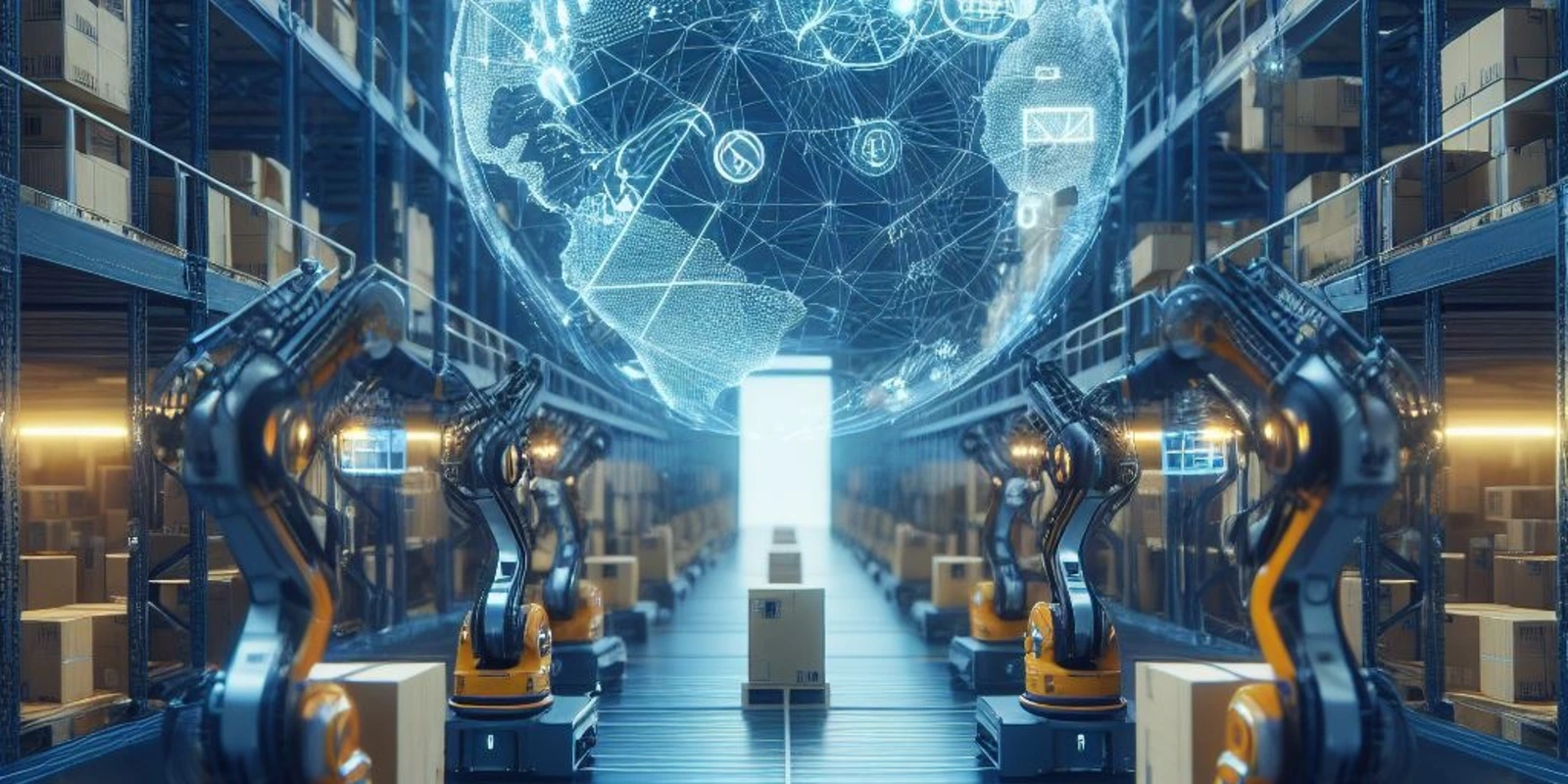
Robotics in Warehousing: A Global Perspective

The integration of robotics in warehousing is a trend that is rapidly gaining momentum globally, reshaping the landscape of supply chain and logistics. This article provides a comprehensive analysis of how robotics technology is transforming warehousing operations worldwide, enhancing efficiency, and driving the future of global trade.
At the forefront of this revolution is the adoption of Automated Guided Vehicles (AGVs) and Autonomous Mobile Robots (AMRs) in warehouses. These robotic solutions offer unprecedented levels of efficiency in material handling, reducing manual errors, and significantly speeding up operations. For instance, Amazon's use of Kiva robots in its fulfillment centers has set a benchmark in the industry, showcasing how robotics can streamline order picking and packing processes.
Another critical aspect of robotics in warehousing is the integration of Artificial Intelligence (AI) and Machine Learning (ML). These technologies enable robots to learn from their environment, improve their performance over time, and make autonomous decisions. For example, AI-powered robots can optimize routes within the warehouse, leading to faster and more efficient inventory management.
The impact of robotics in warehousing is also evident in inventory management and control. Drones, equipped with RFID scanners, are being used for inventory tracking and management, offering a bird's-eye view of warehouse operations. This technology not only accelerates inventory checks but also provides more accurate and up-to-date data, enhancing overall supply chain visibility.
Collaborative robots, or cobots, are revolutionizing human-robot collaboration in warehousing. Designed to work alongside humans, these robots are enhancing safety and productivity. For example, cobots in packing and assembly lines are relieving human workers from repetitive and strenuous tasks, allowing them to focus on more complex operations.
Robotics in warehousing is also contributing to sustainability in global trade. Automated systems are more energy-efficient and can significantly reduce waste and carbon footprint. Additionally, robotics technology is enabling smarter and more efficient warehouse designs, such as compact shelving and optimized space utilization, contributing to more sustainable operations.
Despite these advancements, the integration of robotics in warehousing also presents challenges, including the need for significant capital investment, concerns about job displacement, and the requirement for skilled personnel to manage and maintain these robotic systems. However, the long-term benefits, such as improved efficiency, reduced operational costs, and enhanced competitive advantage, are compelling businesses to invest in this technology.
In conclusion, robotics technology is playing a pivotal role in transforming warehousing operations globally. As businesses continue to seek efficiency and agility in their supply chains, the adoption of robotics in warehousing is set to escalate, making it a critical component of the future of global trade and logistics.







Your insights and experiences enrich our community. Dive into the discussion and share your thoughts with us below!